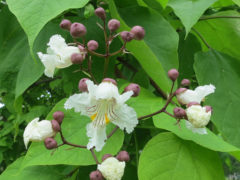
northern catalpa
Catalpa speciosa
Showy white flowers, giant heart-shaped leaves, bean-like seed pods. Grows 40–60’ high and 20–40’ wide … Continued
Drought-tolerant and drought-resistant plants may still need supplemental water from time to time, but they can survive periods of dryness without dying.
Drought-resistant plants like cactus, hens and chicks, and sedums can go for very long periods without water and do not tolerate poorly drained locations. Drought-resistant tropical plants grown indoors in winter like cactus, Sansevieria, Echeveria, and other succulents sometimes fail due to overwatering.
Drought-tolerant plants grow in many textures and sizes and have different adaptations that help them get through periods of drought:
The latter two types of plants are drought tolerant once established because any new planting, regardless of drought tolerance, needs to be watered during the first growing season to allow roots to reach the depths needed to access moisture during dry periods.
It’s also important to note that survival may not mean that the plant will look its best during this time. Watering weekly for a longer period of time will result in the best-looking gardens with the highest tolerance for drought. During the hottest, dryest times in summer, watering deeply twice a week is recommended. These less frequent waterings will encourage root systems to expand, making it easier for plants to access moisture when their environment is dry.
Winter drought has become a bigger problem in recent years as snowfall declines. Evergreen plants are especially vulnerable during winter drought because their foliage continues to shed moisture while dormant deciduous plants have shed their leaves and can conserve moisture in woody stems and underground. Watering shrubs and trees in winter on days when the temperature allows (above freezing) will help ensure their healthy return in spring.
Here are some drought-tolerant and drought-resistant plants to grow—

Catalpa speciosa
Showy white flowers, giant heart-shaped leaves, bean-like seed pods. Grows 40–60’ high and 20–40’ wide … Continued
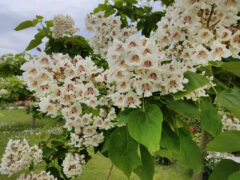
Catalpa bignonioides
Southern Catalpa is a medium sized, flowering deciduous tree with a short, thick trunk and … Continued
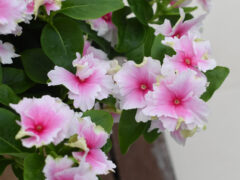
Catharanthus roseus
These plants start to shine during the heat of summer when days are long and … Continued
Pennisetum Cayenne™
Long and late blooming toasted-brown bottlebrush plumes rise just above rich-green arching blades beginning in … Continued
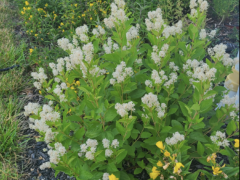
Ceanothus americanus
2025 Kansas Native Plant Society Native Plant of the Year! Named because dried leaves were … Continued
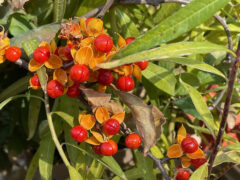
Celastrus scandens
A deciduous twining woody vine best known for its showy red-orange berries that brighten up … Continued
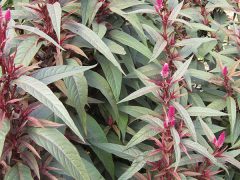
Celosia aregentea spicata
Our pink-spiked celosia is grown from seed harvested from the gardens at Monticello, where it … Continued
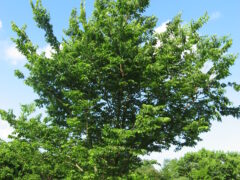
Celtis occidentalis
Tolerant of a variety of conditions. Well-suited to urban areas, it withstands wind and city … Continued
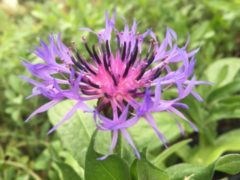
Centaurea montana
Large, glowing blue, spidery blooms all summer and into fall on 18-24″ plants. Can self-seed … Continued

Centaurea dealbata
Deeply cut, silvery-green leaves are topped with intricate cones that open up to lavender puffs. … Continued
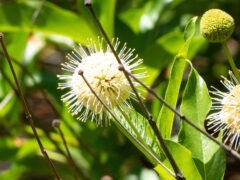
Cephalanthus occidentalis
This deciduous shrub has an open, rounded habit. Common throughout the midwest, it can most … Continued
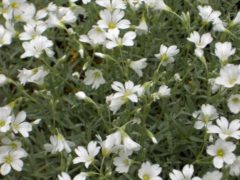
Cerastium tomentosum
Low-growing, striking silver foliage grow happily in sunny locations as a ground cover. Narrow, silver-green … Continued